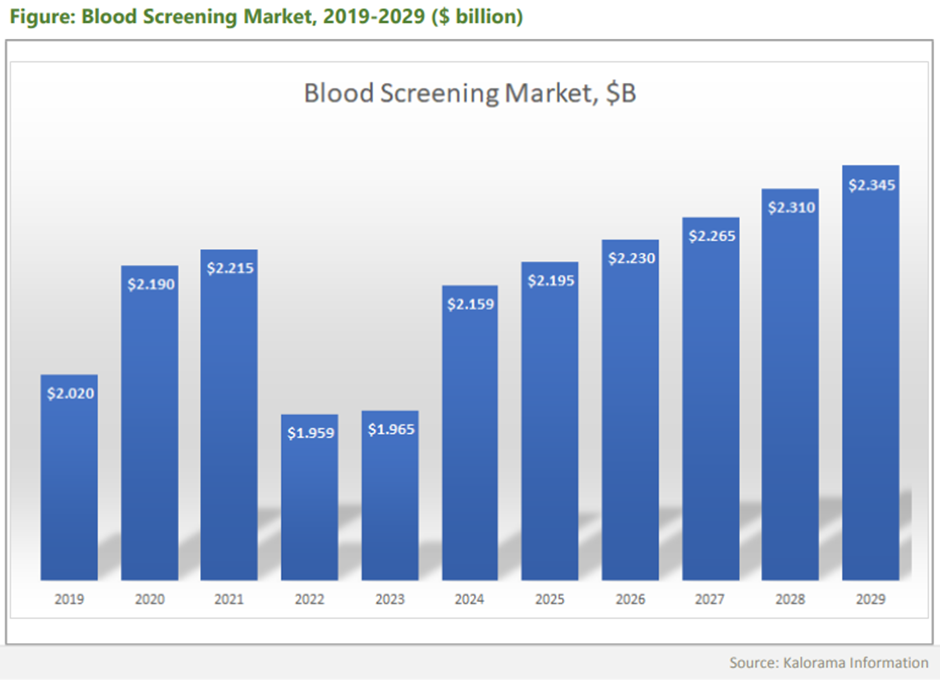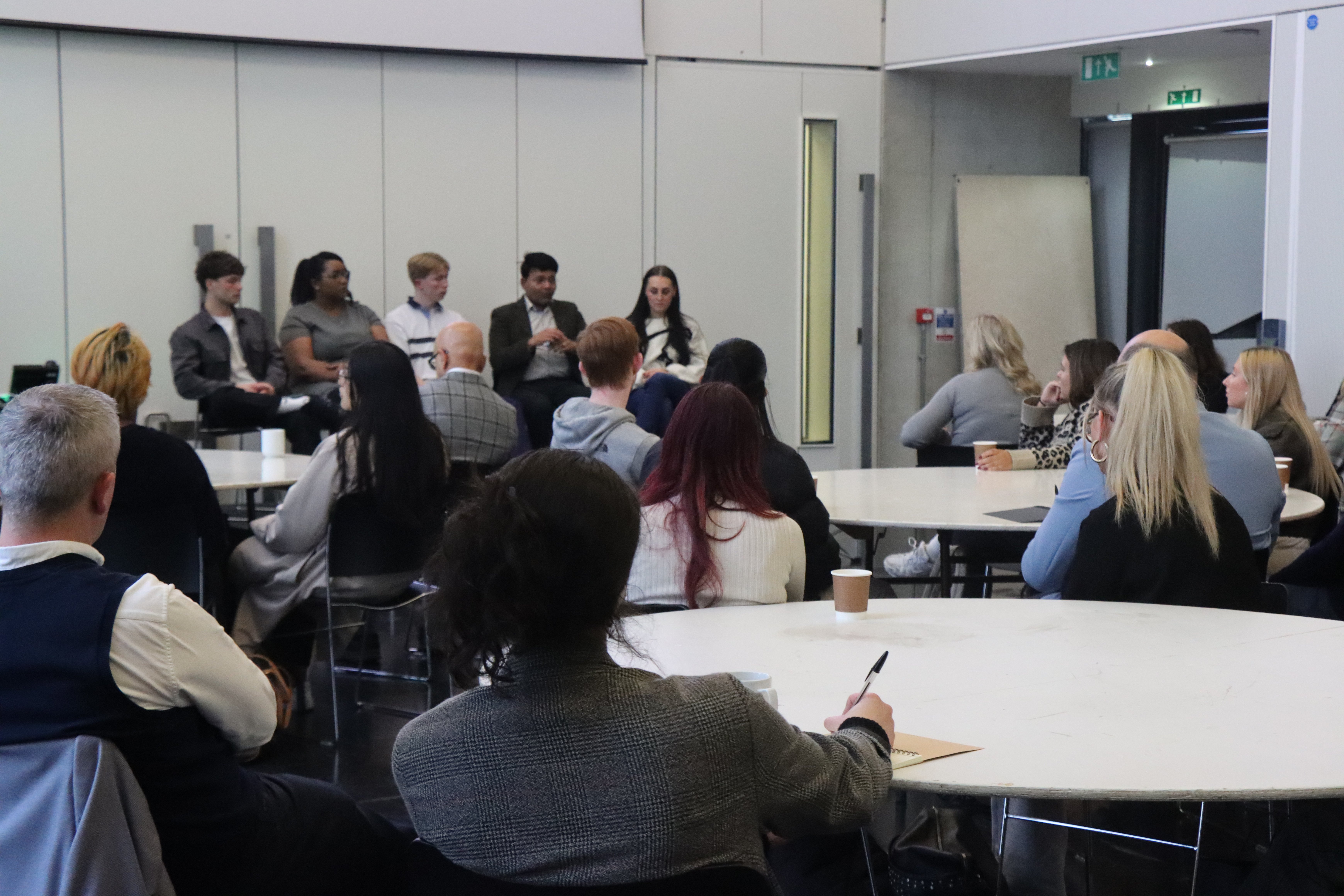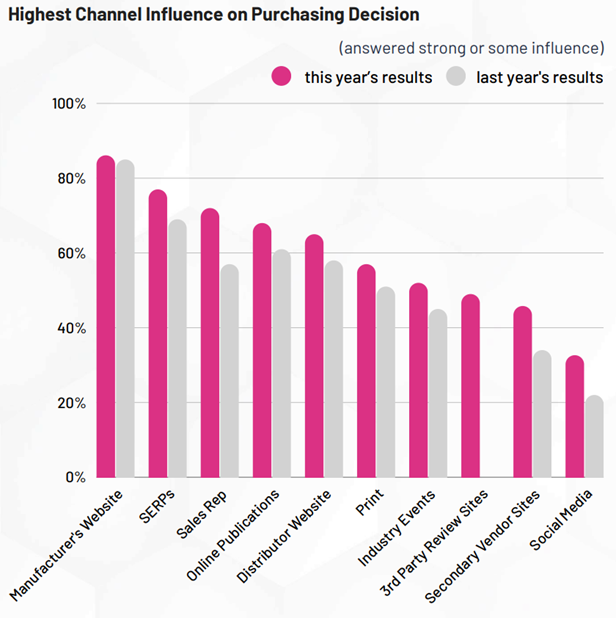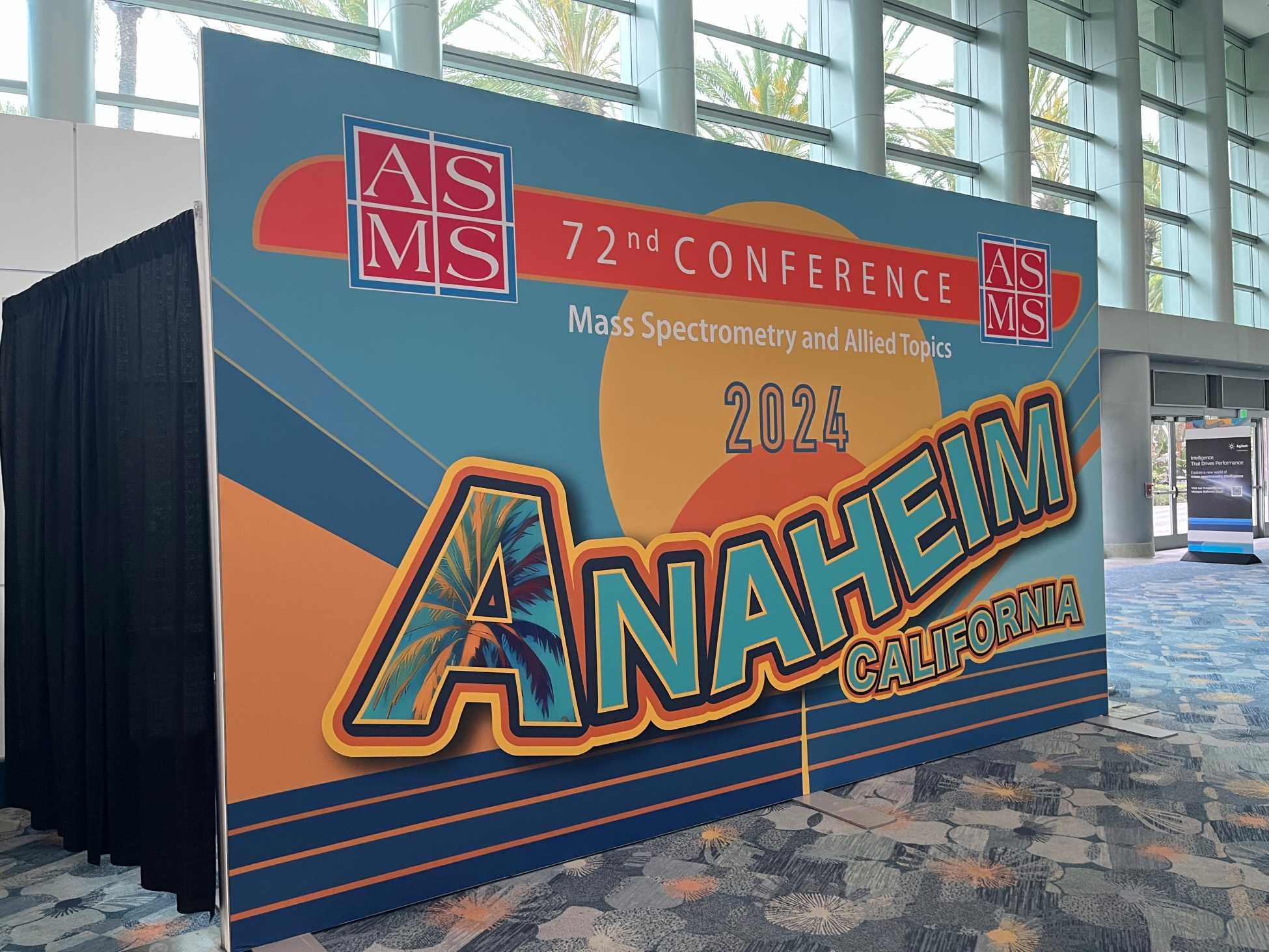Strategic marketing models help set the foundations for business growth. Simply put, they help organisations understand and target customer behaviour to guide their marketing decisions.
The PESO marketing communications model (paid, earned, shared, owned), coined by PR expert Gini Dietrich,i has come to epitomise best practice in delivering integrated strategies – with each tactic returning campaign value beyond the sum of its parts.
Why did PESO come about?
PESO breaks the traditional siloes of marketing communications agencies all competing for client budgets in their field of expertise – ultimately diluting campaign effectiveness. Before digital redefined the whole way of doing business, advertising agencies ran paid creative campaigns, PR agencies looked after their clients’ reputations in the hard-fought earned media arena, and social and self-published channels simply weren’t around.
In the pre-digital world, where marketing existed as the backdrop to sales, your customers and prospects all tended to gather in the same platforms and saw the same content. Concepts like automation, personalisation and nurturing, the bread and butter of marketing today, were on nobody’s radar.
Bridging the digital gap
Fast forward to 2024 and our channels of communication have fragmented. People have very little, if any, interaction with humans during most of their purchase decisions and Gartner now estimates that, by 2025, 80 percent of b2b sales interactions will be in digital channels.ii Faced with this diversity, it’s never been more important to understand what makes your customers tick.
Ask yourself: where are they, why do they go there and how do they consume content? Once you know their preferences, it’s easier to build a relationship – and once people feel loyalty to your brand, they pay attention to your content.
Targeting your audience with the right messages that work for the chosen platform is critical. PESO provides the overarching framework to get you there.
The PESO model explained
All tactics within the marketing mix fall within one of the PESO categories, which will help you choose the right blend to meet your end goal. Defining what success looks like from the outset will help you measure the results of your campaign – and learn from experience which deliver the most value to your business.
.png?width=825&height=431&name=PESO%20model%20graphic%20(1).png)
- Paid media: moving beyond big creative headline ad campaigns, paid now covers outreach tactics like pay per click (PPC), retargeting, sponsored content, social media advertising and email marketing. And because you’re buying the space, you can put your choice of messaging on the page. Good for raising awareness, it can help a business establish its brand and launch new divisions or products.
- Earned media: usually known as public relations, is the main way to get your brand in the news. This is objective content that earns its space on merit, to help your business build its brand personality and reputation in a trusted source. To make this strategy work, good media relationships and professional copywriting are critical. Media coverage is also a search engine optimisation (SEO) play, through high authority backlinks from relevant websites. You gain credibility among your audience through association and endorsement, plus Google rewards relevant backlinks by boosting your search ranking.
- Shared media: social media platforms are continually changing and fast becoming an organisation’s preferred route to communication. Whether you create original posts or simply start by sharing curated content and commenting in groups, it’s all about building a following through engagement and a sense of community.
- Owned media: refers to self-published content on a platform you own, usually your website. It’s a good way to set out your key messages and create downloadable assets to support lead generation – but, unless properly managed, doesn’t always carry a great deal of trust. In the scientific and technical community, where influencer opinion and peer recommendation continue to dominate, customer voice programmes are a key part of an owned media strategy.
The role of content in the buyer journey
PESO helps organise your campaigns so you can choose the right tactic for your audience at every stage of the buyer journey. Targeting a new market sector, for example, needs to start with brand awareness through a high visibility, wide reaching campaign, usually through paid and earned media. Generating leads in a well established market will need a different approach, typically based on a personalised outreach campaign using owned content assets as the download.
PESO will help you plan, create and promote different tactics to make your content work hard – engaging your customers and prospects wherever they choose to consume their information.
If you’d like to explore how adopting the PESO marketing communications model for your science or technology organisation can add tangible bottom line value, get in touch.
References
[i] Gini Dietrich, Spin Sucks: Communication and Reputation Management in the Digital Age, Que Biz-tech, February 25th, 2014. ISBN: 9780789748867
[ii] Gartner Says 80% of B2B Sales Interactions Between Suppliers and Buyers Will Occur in Digital Channels by 2025






